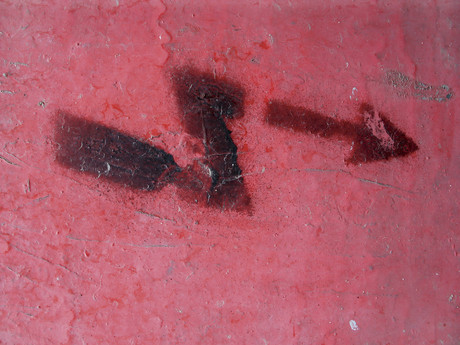Managing electrial risks

Electrocution is one of the leading causes of death for construction workers and electricians.
Government agency WorkSafe Victoria is notified of one or more electric shock incidents each day; many electric shocks occur during construction work.
The agency has released a document that provides employers and employees with information about the agency’s current safety focus on electrical safety in the construction industry and directs them to appropriate guidance.
WorkSafe inspectors routinely take enforcement action in relation to, for example, the following electrical safety issues, including but not limited to:
- Portable electrical equipment has not been inspected and maintained (tested and tagged).
- Residual Current Devices (RCD) have not been inspected and tested at the required intervals.
- Breaching the ‘No-Go-Zone’ of overhead powerlines.
- Live permanent wiring on-site has not been identified.
- Electrical equipment or wiring has not been de-energised when working on or near it.
- Safe work method statements (SWMS) are missing, inadequate or not followed when undertaking work on or near energised electrical installation or services.
Controlling electricity risks (general)
The Industry Standard — Electrical installations on construction sites — is a practical guide to construction wiring and for the ongoing management of the site electrical installation and portable electrical equipment. The No-Go-Zone rules provide advice on reducing electric shock risks when operating powered mobile plant or when erecting and using scaffold near overhead electrical assets.
Controlling electricity risks (electricians)
Work on or near an energised electrical installation or service is high risk construction work (HRCW) and must not start until an SWMS is prepared. An SWMS must: identify work that is HRCW; state the hazards and risks to health or safety; sufficiently describe measures to control the risks, and describe the manner in which the risk control measures are to be implemented. An employer (including a self-employed person) must stop the work immediately or as soon as it is safe to do so if an SWMS is not being followed.
Registered electrical contractors (RECs) should identify procedures and controls in their SWMS for: de-energisation and re-energisation; ensuring de-energisation is maintained for the duration of the work; and safely performing verification tests and tests for live.
Risk control measures (electricians)
The risks of electric shock or explosion must be eliminated. If that is not reasonably practicable, the risks must be reduced by using the highest level of risk controls, so far as reasonably practicable.
Examples of risk controls are shown below. A combination of controls will usually be needed.
Hierarchy of control for construction work
Level 1: Eliminate any risk (eg, de-energise all or that part of the installation being worked on and lock and tag out the isolation devices).
Level 2: Reduce the risk by implementing one or a combination of the following:
- Substitute the hazard giving rise to the risk health or safety with a new activity, procedure, process or plant that is of lesser risk (eg, use a non-conductive draw wire instead of metal wire).
- Isolate persons from the hazard (eg, install temporary insulated barriers around live parts).
- Use engineering controls (eg, retractable tip test probes and high impedance testers).
Level 3: Reduce the risk using administrative controls (eg, electrical testing procedures, safety observers, warning signage).
Level 4: Control the risk by providing appropriate personal protective equipment (eg, electrically rated gloves, eye protection, face shield, full coverage arc flash resistant clothes).
Review and, if necessary, revise risk control measures: before making a change to the way the work is performed or if new or additional information about hazards becomes available; if the risks are not adequately controlled, or after receiving a request from a health and safety representative (HSR).
Consultation
Employees and their health and safety representatives must be consulted when identifying or assessing hazards and risks, and when determining or reviewing risk controls, so far as is reasonably practicable.
Employee responsibilities
While at work, employees must take reasonable care of their own health and safety and that of others who may be affected by their acts or omissions at a workplace. This includes cooperating with their employer with respect to any actions taken by their employer to comply with health and safety duties.
Why power networks need a 'smoke alarm' system
RMIT University has designed an early fault detection system for powerlines that has been...
Can switchgear increase safety and sustainability in mining?
While switching operations are essential for the reliable functioning of electrical distribution...
Optimising Australian networks and speeding electrification
Technology has a crucial role to play in stabilising energy supply as renewables are brought...







